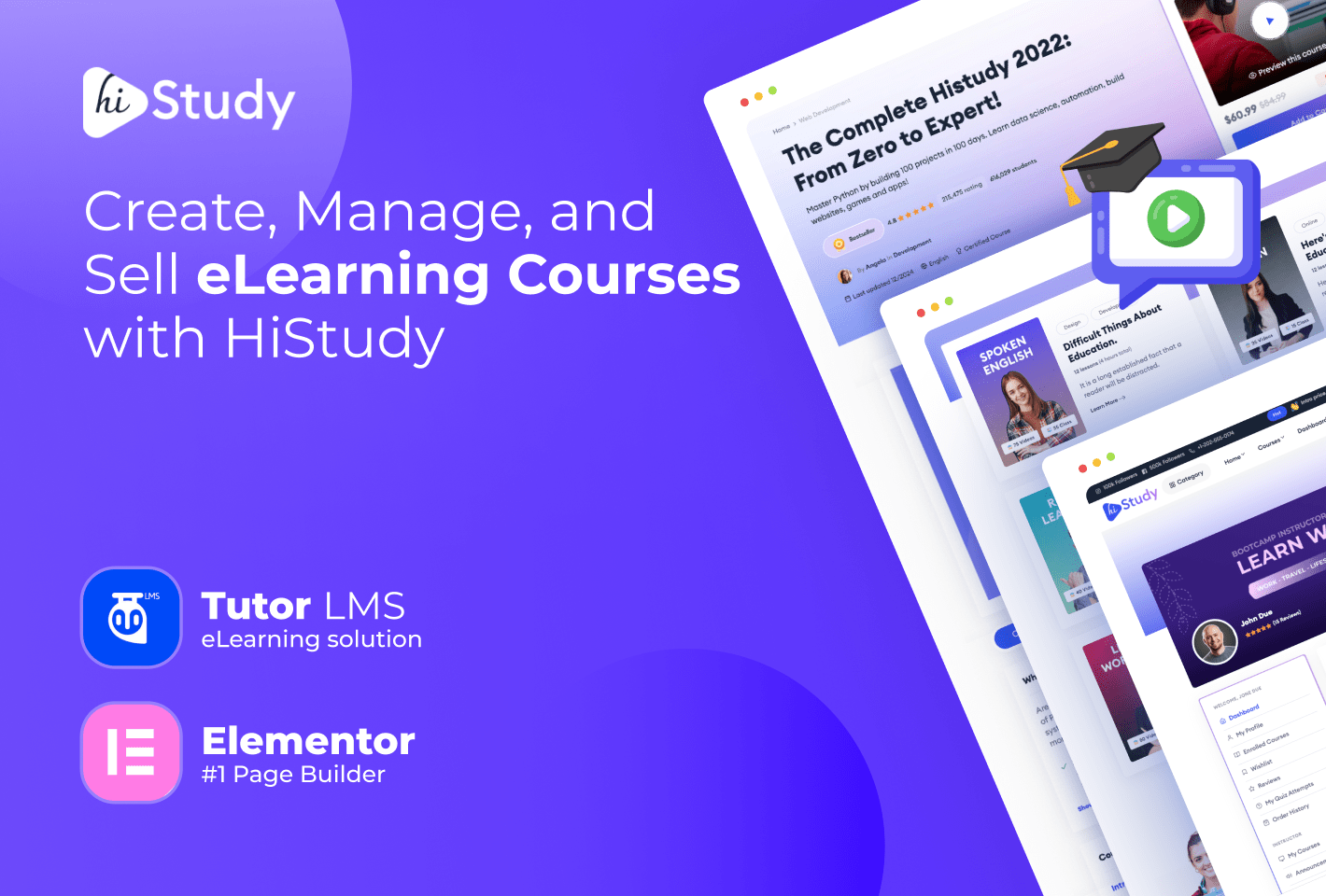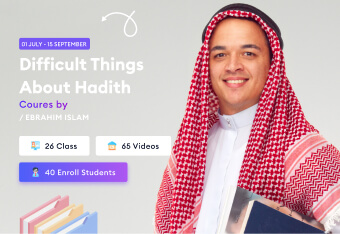This module is designed to provide learners with a comprehensive understanding of Search Engine Optimization (SEO), covering both foundational and advanced strategies. By the end of this module, participants will gain practical insights into on-page, off-page, and app store optimization techniques while staying updated with Google’s evolving SEO landscape.
🔹 Sessions Covered
-
Mindset for SEO
-
Building the right approach towards SEO as a long-term, value-driven process.
-
Understanding search intent, patience in results, and aligning SEO with business goals.
-
-
On-Page Search Engine Optimization
-
Keyword research and mapping.
-
Optimizing meta tags, headings, content, and internal links.
-
Importance of page speed, mobile-friendliness, and structured data.
-
-
Off-Page Search Engine Optimization
-
Backlink strategies and digital PR.
-
Social signals, guest blogging, and influencer collaborations.
-
Authority building and trust signals.
-
-
Measuring SEO Efforts
-
Using tools like Google Search Console, SEMrush, and Ahrefs.
-
Understanding KPIs: organic traffic, rankings, CTR, bounce rate.
-
Data-driven SEO decision-making.
-
-
Google’s SEO Updates
-
Core Web Vitals, AI-driven updates, and helpful content guidelines.
-
Adapting strategies post-algorithm updates.
-
Ensuring compliance with Google’s E-E-A-T (Experience, Expertise, Authoritativeness, Trustworthiness).
-
-
App Store Optimization (ASO)
-
Keyword optimization for app titles and descriptions.
-
Visual elements: icons, screenshots, and videos.
-
Conversion optimization through reviews and ratings.
-
🔗 Reference Website Links
📚 Reference Books
-
Search Engine Optimization and Marketing
Comprehensive guide on modern SEO practices, covering both on-page and off-page strategies. -
Ecommerce SEO
Specialized resource focusing on SEO strategies for e-commerce platforms, product optimization, and customer acquisition.
Learning outcomes
-
Select high‑value keywords and map them to pages by relevance and volume.
-
Optimize on‑page elements (URL, title, headers, content, media, internal links, schema) to increase topical relevance and CTR.
-
Improve quality signals affecting rankings: speed, UX, freshness, originality, and internal linking.
-
Identify and fix basic technical blockers that impede indexing and relevance.
Module placement
-
Mindset for SEO → On‑Page SEO → Off‑Page SEO → Measuring SEO → Google Updates → App Store Optimization.
Session plan
Session 1: Foundations of on‑page SEO
-
Topics: What search engines use on page; relevance signals; intent; content depth.
-
Key practices: Keyword in first 100–150 words; single H1 with target keyword; short keyworded URLs; front‑loaded keywords in titles; compelling meta descriptions.
-
Activity: Identify the target keyword and search intent for a given page; rewrite title and H1.
Session 2: Keyword research and mapping
-
Topics: Head vs long‑tail, volume vs difficulty, semantic variants; mapping one focus keyword per page; portfolio across site.
-
Tools/steps: Use SEMrush Keyword Magic + KD; create a simple keyword‑to‑page map; avoid duplicate targeting.
-
Activity: Build a keyword map for homepage, two categories, and one subcategory for a sample ecommerce site.
Session 3: Content and UX optimization
-
Topics: Helpful, unique content matching intent; headings hierarchy; internal/external links; images with alt; EEAT signals; local on‑page where applicable.
-
Checklist:
-
Keyword in URL, title, H1, intro, subheads, and naturally in body.
-
Short URLs; title modifiers (guide, checklist, 2025) to boost CTR.
-
Internal links to key pages; descriptive anchors; related content blocks.
-
Image optimization: descriptive filenames and alt; compression.
-
-
Activity: On‑page rewrite of a template product/category page.
Session 4: Quality signals and basic technicals
-
Topics: Speed, mobile UX, clear navigation; avoiding thin/duplicate content; use of canonicals; crawlability basics.
-
Google Starter Guide 2024+ emphasis: simplified fundamentals for beginners; headings clarity; alt text; internal linking.
-
Activity: Mini audit using an on‑page checklist; list top five fixes in priority order.
Session 5: Measuring on‑page impact
-
KPIs: Impressions, CTR (title/description tests), position, organic sessions, bounce/pogo‑stick proxies, conversions.
-
Methods: Page‑level experiments, change logs, before/after SERP snapshots.
-
Activity: Define a 4‑week measurement plan for a page improvement.
Session 06: On‑Page SEO fixes
-
Objective: Quick QA, high‑impact edits, 4‑week tracking.
-
Checklist: URL, title, meta, H1–H3, intentful intro, internal links, image alts, schema, canonical, mobile/UX.
-
Activity: Pair audit one page; rewrite slug, title, H1/H2s; add 3 internal links; 2 image alts; 3 FAQs.
-
Measure 4 weeks: GSC impressions/CTR/position; organic sessions/engagement; conversions; rank for 3–5 terms.
-
Prioritize: CTR levers first (titles/metas), then internal links and intro copy; log every change.
Hands‑on lab (capstone)
-
Keyword mapping for a provided site; optimize one homepage, one category, and one product/subcategory page end‑to‑end; submit before/after with rationale.
Reading list and references
-
Google SEO Starter Guide (refreshed): fundamentals, headings, alt, internal linking.
-
SEMrush On‑Page SEO guides and checklists: techniques and task lists.
-
Backlinko on‑page playbooks: titles/URLs, early keyword usage, short URLs
-
Moz Beginner’s Guide to On‑Page SEO: UX and IA considerations.
Optional enrichment
-
Local on‑page SEO (if relevant): local intent content, NAP consistency on page, city‑level signals.
-
EEAT content enhancements: author bios, citations, and first‑party data.
Fit with provided module links
-
SEMrush techniques article can be assigned as supplementary reading for Sessions 1–3.
-
Book resources can support deeper study of ecommerce on‑page patterns and measurement frameworks.
Notes for adaptation
-
For beginner cohorts, emphasize Google’s streamlined starter guide and keep checklists light.
-
For advanced cohorts, add schema basics and Core Web Vitals tie‑ins in Session 4.






